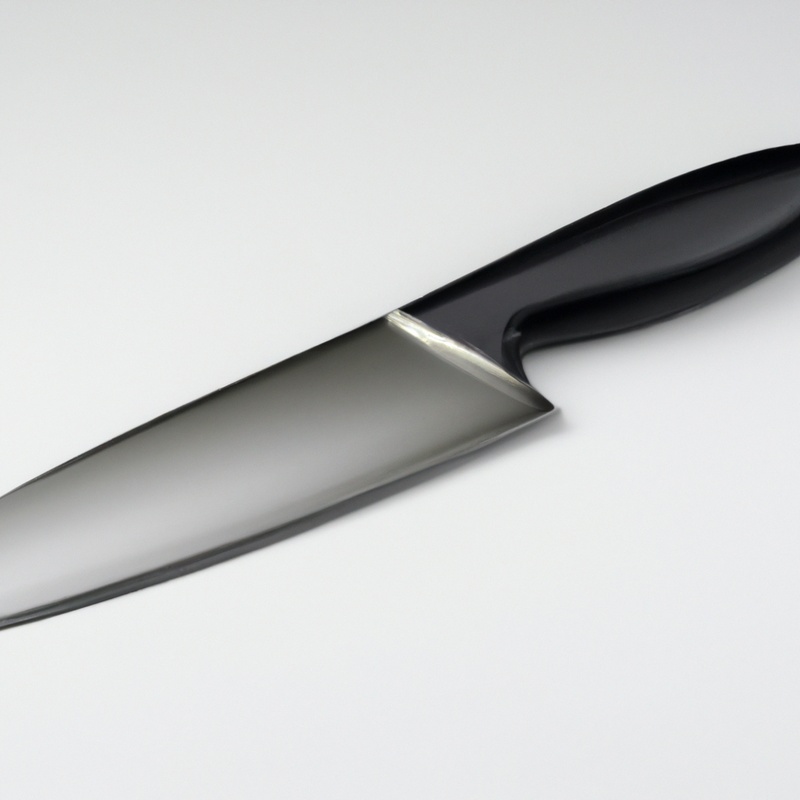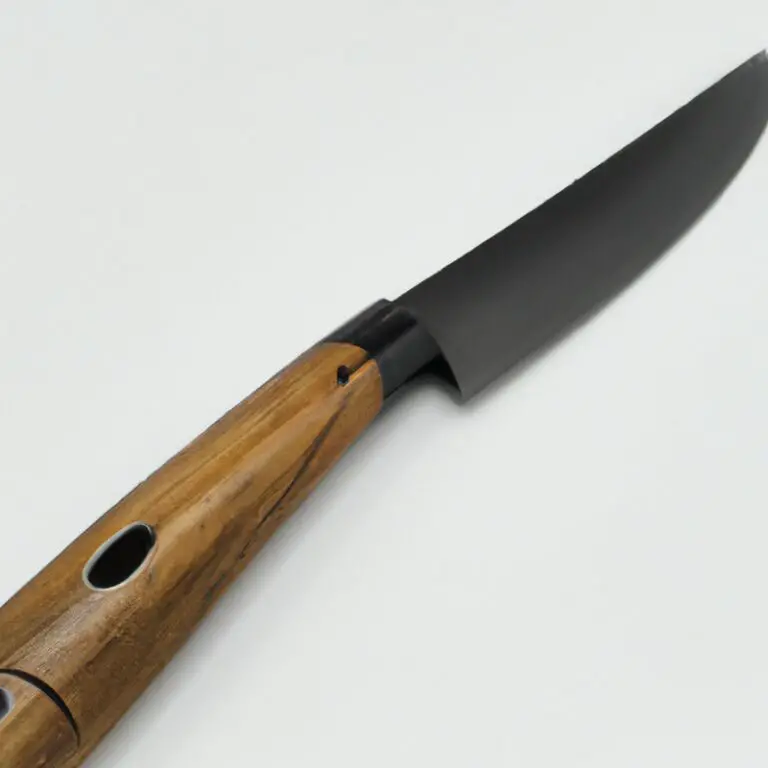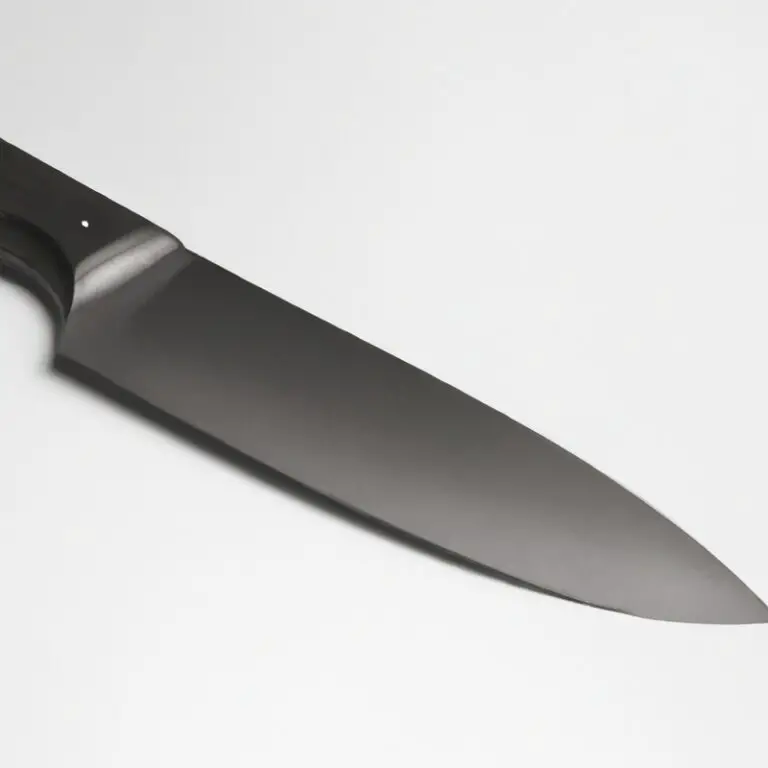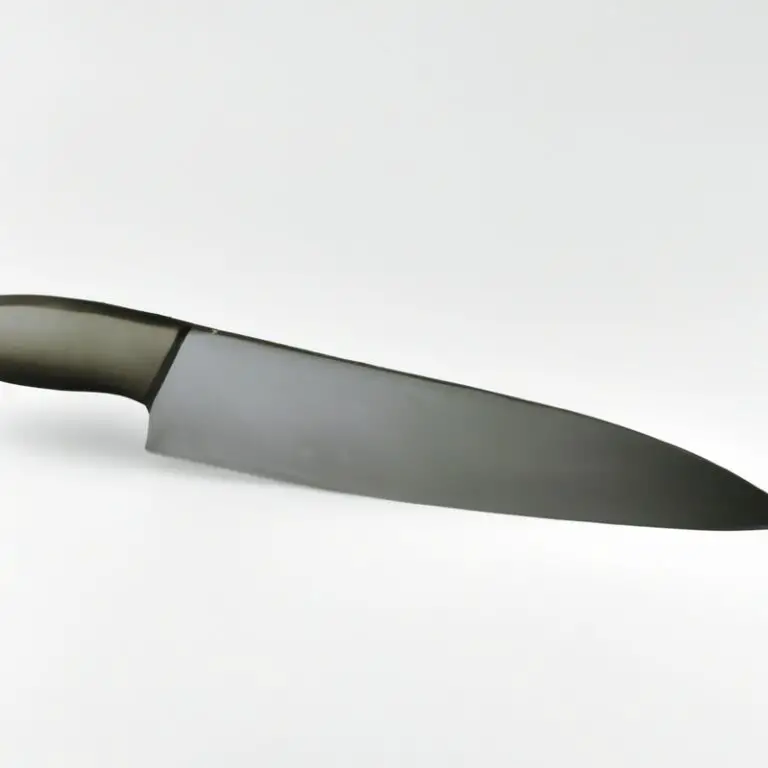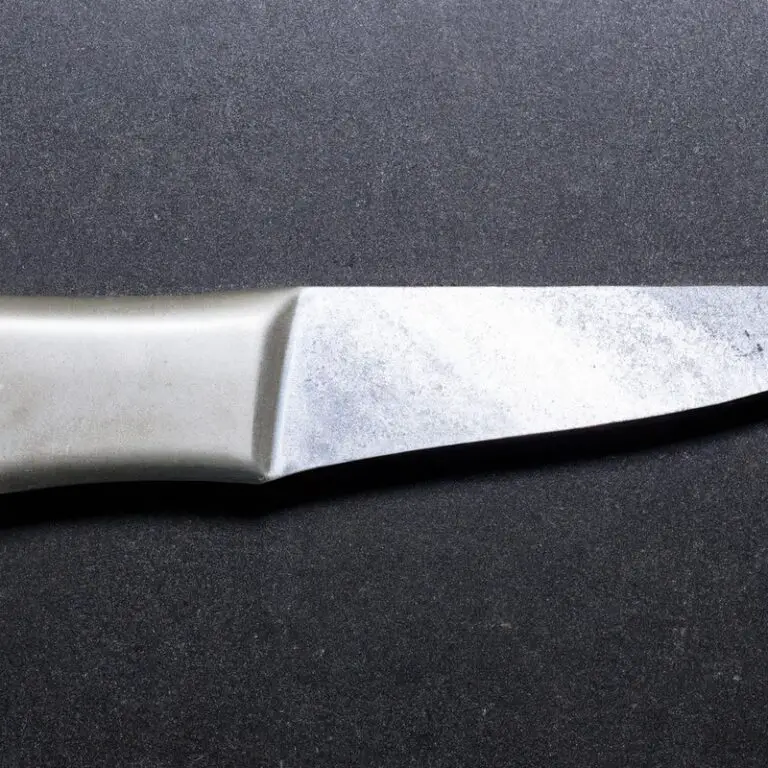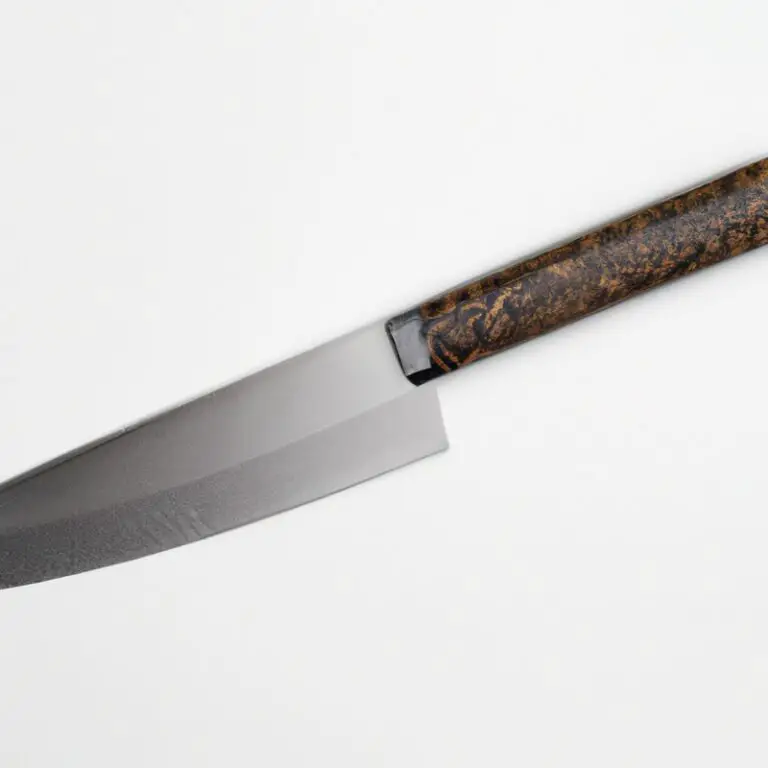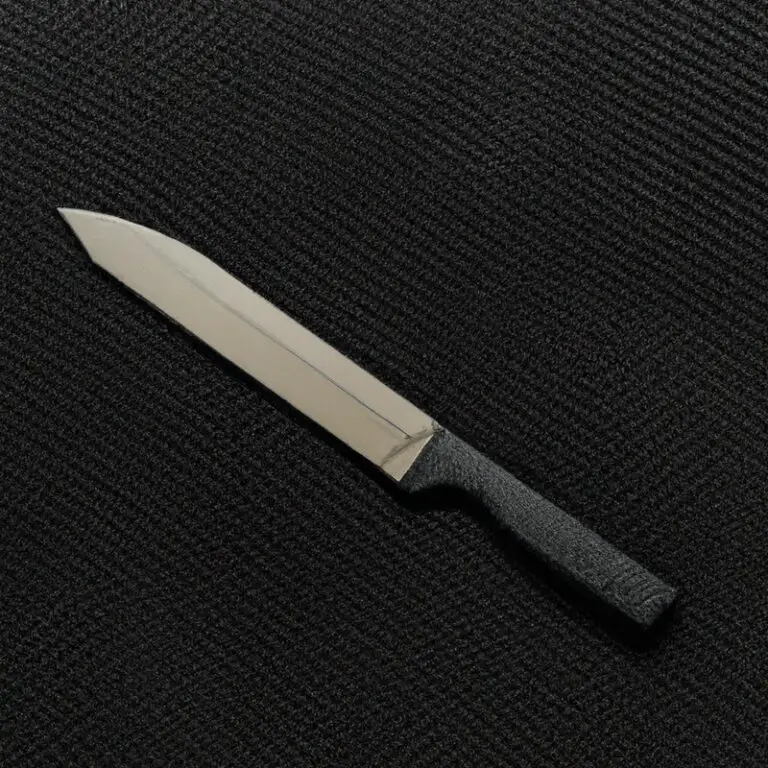What Are The Best Practices For Cutting Hard Ingredients With a Gyuto Knife? Tips
Key Takeaways:
- The right technique is crucial when using a Gyuto knife to cut hard ingredients, such as vegetables and meats.
- Make sure to maintain a consistent and stable grip on the knife handle, using a firm, downward slicing motion to apply pressure.
- Use a honed and sharp blade for cleaner and more precise cuts, and consider investing in a high-quality knife for optimal performance.
- Finally, take the time to properly clean and maintain your Gyuto knife to prolong its lifespan and ensure safe and efficient use.
Are you tired of struggling when cutting tough ingredients like meat and hard vegetables? Enter the Gyuto knife, a Japanese-style chef’s knife that can handle all your slicing and dicing needs.
But wait – before you start hacking away, there are some best practices you need to know to ensure efficient and effortless cutting.
In this article, we’ll cover the anatomy of a Gyuto knife, the right size and weight selection for different ingredients, maintaining sharpness, grip and posture, and various cutting techniques to use (and avoid) for perfect hard ingredient cuts. Let’s get started!
| Step # | Best Practices for Cutting Hard Ingredients with a Gyuto Knife |
|---|---|
| 1 | Use a sharpened Gyuto knife for efficient and precise cuts. |
| 2 | Hold the knife handle with a firm grip and use the other hand to steady the ingredient being cut. |
| 3 | Place the tip of the knife on the top of the ingredient and push down towards the cutting board with a rocking motion. |
| 4 | Keep the blade perpendicular to the cutting surface for even thickness throughout the cut. |
| 5 | Apply gentle pressure to keep the ingredient in place and prevent it from rolling or slipping while cutting. |
| 6 | Use a slicing motion to produce thin, even cuts and a chopping motion to create small pieces. |
| 7 | Avoid twisting or forcing the blade through the ingredient, as this can damage the blade and lead to uneven cuts. |
| 8 | Clean and dry the blade after each use to maintain the quality and sharpness of the knife. |
Understanding the anatomy of a Gyuto knife for efficient hard ingredient cutting
To efficiently cut hard ingredients with a Gyuto knife, it’s important to understand its physical structure. The blade length typically ranges between 7 to 12 inches, with a thinner and sharper angle for precise cuts.
The blade’s face consists of a tapered edge on one side and a flat angle on the other.
The edge is often angled at 15 to 20 degrees, providing optimal sharpness for cutting through hard materials. The blade’s spine, the side opposite the blade’s edge, provides the necessary weight and balance during cutting.
The handle is also essential in maintaining control and comfort while handling the knife.
The anatomy of a Gyuto knife is engineered to accomplish precise and comfortable cutting of hard ingredients. Understanding its parts and how they work together can enhance your cutting experience when handling tough ingredients.
Selecting the right size and weight of Gyuto knife for different hard ingredients
Selecting the right size and weight of a Gyuto knife for cutting hard ingredients is crucial. A knife that’s too small won’t be able to handle harder ingredients, while a heavy knife might cause fatigue.
For cutting large hard ingredients like watermelon, squash, or pumpkins, opt for a heavier knife with a longer blade, preferably 240mm or longer.
It provides more leverage and makes it easy to cut through the tough exterior. For smaller and medium-sized hard ingredients, a 210mm Gyuto knife with a moderate weight is a perfect choice.
It’s versatile and can handle a variety of tasks.
Keep in mind that larger and heavier knives are not suitable for intricate tasks like peeling, paring, and slicing garlic or strawberries. Therefore, choose a lighter knife with a shorter blade like a 180mm or less for precision and small cuts.
Ultimately, the choice of a Gyuto knife size and weight boils down to the type of hard ingredients you need to cut, personal preference, and comfort.
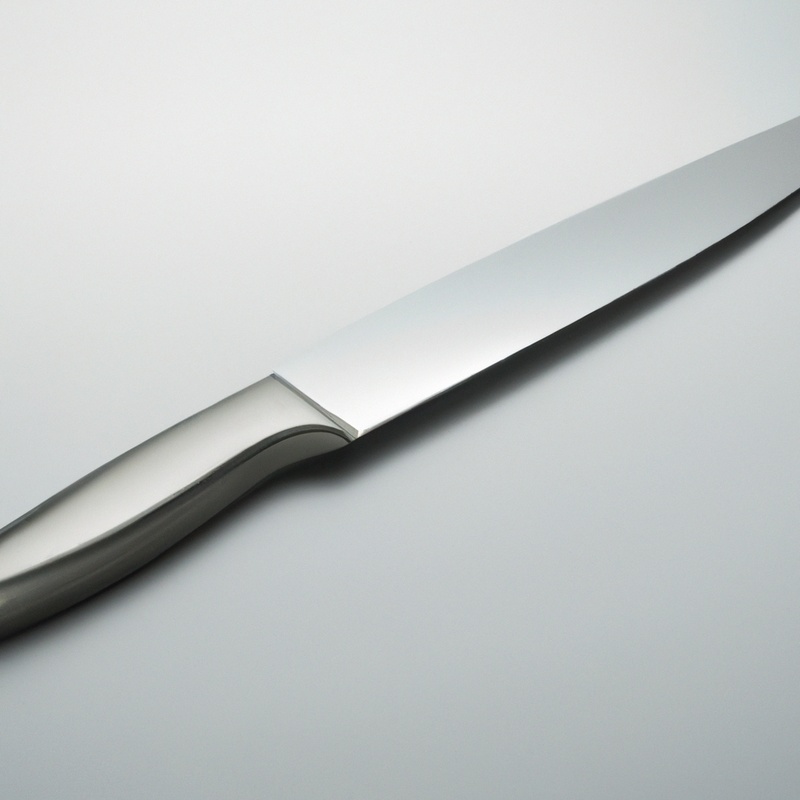
Maintaining the sharpness of your Gyuto knife for effortless hard ingredient cutting
Maintaining the sharpness of your Gyuto knife is crucial for effortless hard ingredient cutting. To keep your knife sharp, avoid using it on hard surfaces like stone or metal and instead cut on softer surfaces like wood or plastic cutting boards.
Additionally, regularly sharpen and hone your knife using a sharpening stone or honing rod.
Clean your knife with soapy water after each use and dry it thoroughly before storing it in a knife block or sheath. With proper maintenance, your Gyuto knife will stay sharp and perform optimally for slicing through tough ingredients like meat and vegetables.
Choosing the correct cutting board for Gyuto knife hard ingredient cutting
When it comes to cutting hard ingredients with a Gyuto knife, the choice of cutting board can greatly impact the ease and safety of the task. It is recommended to use a cutting board made of hardwood, such as maple or walnut, as they are durable and resistant to cuts and scratches.
Avoid using plastic or glass cutting boards, as they tend to dull the knife’s edge quickly and can cause it to slip.
It’s also important to choose a cutting board that is large enough to comfortably accommodate the size of the Gyuto knife and the ingredients being cut. It should be stable, non-slip, and have enough weight to stay in place while cutting.
Additionally, using separate cutting boards for raw meat, poultry, and vegetables can prevent cross-contamination and ensure food safety.
By selecting the right cutting board for Gyuto knife hard ingredient cutting, you can optimize your slicing technique and enhance the overall cutting experience.
Perfecting your grip and posture for cutting hard ingredients with a Gyuto knife
To cut hard ingredients effectively with a Gyuto knife, you must have a proper grip and posture. Grip the handle firmly with your fingers around it and your thumb on the spine.
Keep your wrist straight and your elbow relaxed.
To avoid straining your hand and wrist, hold the knife at a 15-20 degree angle to the cutting board. Stand with your feet shoulder-width apart, and position the cutting board at waist level.
Maintain a straight back and arms close to your body.
Do not lean over the cutting board, as it can cause neck and shoulder pain. With proper grip and posture, you’ll have better control and precision when cutting hard ingredients with a Gyuto knife.
Using the forward slicing technique for uniform cuts on hard ingredients with a Gyuto knife
The forward slicing technique is the most efficient way to cut hard ingredients with a Gyuto knife. Start by holding the knife at a 15-degree angle and slice forward, without applying too much pressure.
This technique ensures a uniform cut, minimizing the chance of shattering hard ingredients such as carrots or potatoes.
Additionally, it promotes a natural motion that puts less strain on your wrist and arm. Remember to keep your fingers out of the blade’s path and use the entire length of the blade to improve your slicing accuracy.
With practice, this technique can make your hard ingredient cutting tasks more manageable and enjoyable.
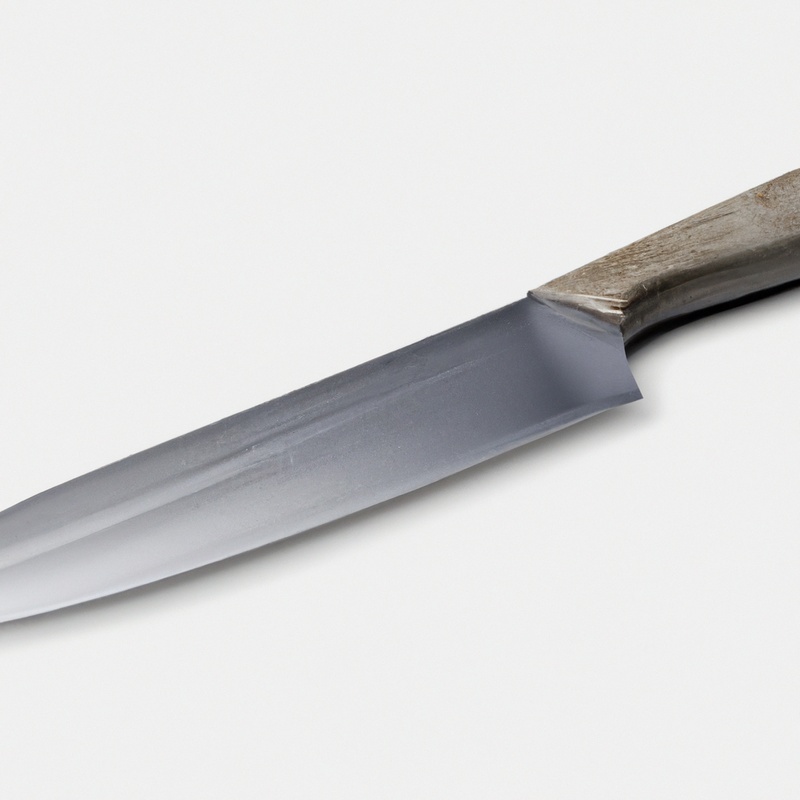
Applying the rocking motion method for cutting hard ingredients with a Gyuto knife
The rocking motion method is a useful technique to cut hard ingredients with a Gyuto knife. Essentially, this motion requires a gentle back-and-forth motion while applying pressure to the knife downward, enabling a smoother and a more precise cut.
The pivot of the rocking motion is for your knife to rock over its midpoint so you can move the knife forward and backwards.
By properly applying this method, it will significantly reduce the strain on your wrist and provide a more efficient chopping motion. It is recommended to practice this motion with a softer item like a lemon before attempting harder ingredients like carrots or potatoes.
With enough patience and practice, the rocking motion method can transform the way you cut hard ingredients.
Avoiding the back-and-forth sawing motion that damages hard ingredients and the Gyuto knife
Avoiding the back-and-forth sawing motion is crucial when cutting hard ingredients with a Gyuto knife. This technique can damage both the knife and the ingredients, leaving uneven cuts and obliterating the food’s natural flavors.
Instead, use a rocking motion that allows the knife to glide smoothly and effortlessly through the ingredient.
The forward slicing technique also helps in producing even slices without ruining the ingredient or the blade’s sharpness. By avoiding the sawing motion, the Gyuto knife can retain its curved edge for optimal performance, while keeping the hard ingredient intact and delightful.
Mastering the push cut method for precision hard ingredient cuts with a Gyuto knife
The push cut method is the most efficient way to make precise cuts on hard ingredients using a Gyuto knife. To master it, begin by placing the knife blade perpendicular to the object you wish to cut.
Gently push forward while ensuring the blade’s tip remains in constant contact with the cutting board.
After completing the cut, retract the blade while keeping its tip on the board. Avoid dragging the blade back towards you.
Repeat the process until you achieve your desired cut.
Remember to use your non-dominant hand to hold the ingredient in place. With patience and practice, the push cut method will provide you with clean and uniform slices every time.
The importance of proper cleaning and storage for maintaining your Gyuto knife’s performance on hard ingredients
Proper cleaning and storage of your Gyuto knife is crucial in maintaining its performance on hard ingredients. After use, you should rinse the knife with warm water and a mild detergent, then dry it thoroughly before storing it in a knife block or sheath.
Avoid soaking your knife for too long or putting it in the dishwasher, as this can damage the blade and handle.
Regularly honing your knife with a honing steel or ceramic rod can also help keep the blade sharp and in top condition for cutting hard ingredients. Investing in a good knife sharpener or getting your knife professionally sharpened is recommended for maintaining its edge.
By taking care of your Gyuto knife, you can ensure optimal cutting performance and extend its lifespan.
Final Verdict
Cutting hard ingredients can be a daunting task, but with the right techniques and equipment, it can be effortless and even enjoyable. By understanding the anatomy of a Gyuto knife and selecting the appropriate size and weight, maintaining its sharpness, choosing the correct cutting board, perfecting your grip and posture, and using various cutting techniques, you can achieve precision cuts on hard ingredients while preserving the integrity of your knife.
Remember to clean and store your Gyuto knife properly, and with practice, you can become an expert in cutting hard ingredients with ease.
By following these best practices, you can enhance your cooking experience and impress your guests with your culinary skills. Trust in these tips and elevate your cutting game today!

